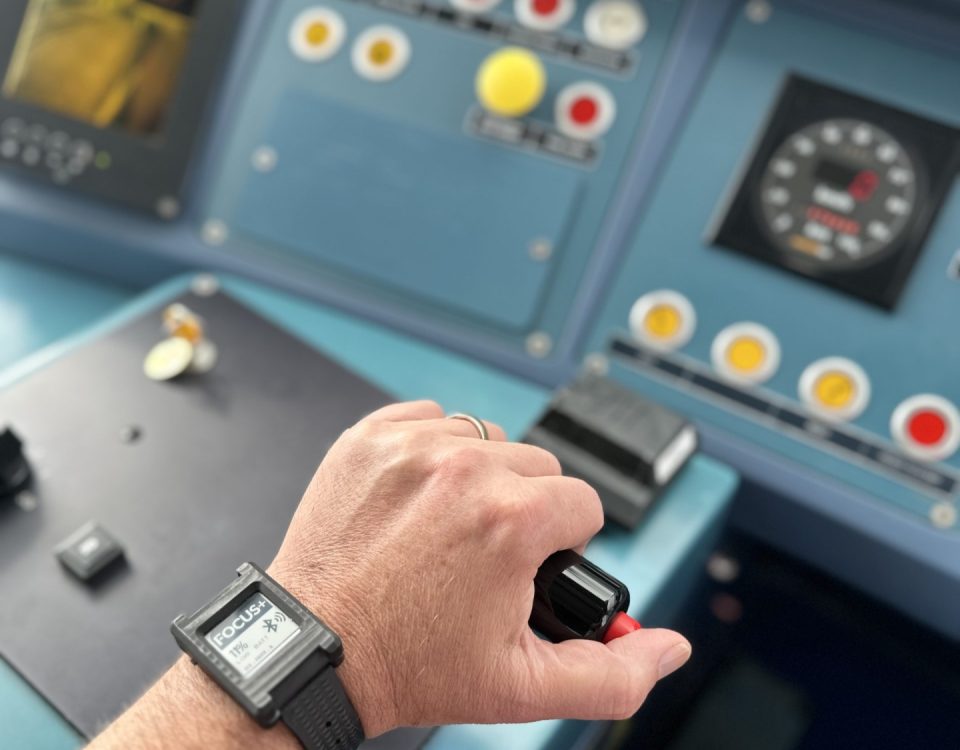Safety Critical Communications and Shared Responsibility
Effective communication is an essential component of safe working practice, particularly where tasks and responsibilities require a handover to another team or individual. Shared working practice may exist between day and night shift teams, or between different organizational components, for example between operations and maintenance (HSE, 2012).
The importance of successful information transfer
The goal of a handover is to accurately and reliably communicate relevant task information from one team or employee to another, during shift change or where transfer of responsibility is necessary (Flin & O’Connor; Hill & Nyce, 2012; HSE, 2012).
A handover typically consists of three elements:
Preparation by outgoing personnel Handover where outgoing and incoming personnel communicate to exchange task essential information Information crosschecking by incoming personnel before they assume responsibility of task/operation
Many major accidents have occurred due to a breakdown in one or more of the above components. Clear communications are critical to ensuring safe and successful information and responsibility transfer.
Identify ‘high risk’ handovers. The main organisational principles for safe information transfer or ‘handovers’ are listed below:
Key principles for safe ‘handovers’
Ensure staff have adequate safety critical communication skills training
Ensure safe handover procedure and practice is instilled as a workplace ‘norm’
Ensure procedures and processes for handovers conform to human factors standards, represent the correct procedures, are current and can be well understood by those immediately responsible
Handover confirmed in both verbal and written communications to act as a future point of reference and for clarity
Handover information required by incoming staff has been clearly established
Both outgoing and incoming staff have as much time and resource as necessary to complete the handover
Additional factors include:
Ensuring supporting equipment such as computers, handover logs and information aids conform to human factors design standards and adequately consider end-user operation End users (the staff actively involved in the handover process) are consulted throughout the design of communications, information transfer and handover processes and procedures to ensure they represent the ‘real world’ handover situation
Identifying communication weak points
At IHF we can identify weak points in information transfer and handover communication. Our bespoke consultancy services and Human Dynamics Training (HDT) will pinpoint the following and more:
Poorly written checklists
Language and cultural differences
Lack of consistent procedures or ‘black booking’
Processes and procedures linked to the end user are representative of how ‘real’ jobs are done and communication is the best it can be. This reduces the likelihood of accidents.
References
Hill, W., & Nyce, J. (2010). Human factors in clinical shift handover communication. Can J Respir Ther, 46(1)), 44-51.
HSE (2012). Human factors/ergonomics – Shift handover. Retrieved April 18, 2014, from http://www.hse.gov.uk/humanfactors/topics/shift-handover.htm
Flin, R., & O’Connor, P. (2001). Applying crew resource management on offshore oil platforms. Improving teamwork in organizations: Applications of resource management training, 217-233.
The importance of successful information transfer
The goal of a handover is to accurately and reliably communicate relevant task information from one team or employee to another, during shift change or where transfer of responsibility is necessary (Flin & O’Connor; Hill & Nyce, 2012; HSE, 2012).
A handover typically consists of three elements:
Preparation by outgoing personnel Handover where outgoing and incoming personnel communicate to exchange task essential information Information crosschecking by incoming personnel before they assume responsibility of task/operation
Many major accidents have occurred due to a breakdown in one or more of the above components. Clear communications are critical to ensuring safe and successful information and responsibility transfer.
Identify ‘high risk’ handovers. The main organisational principles for safe information transfer or ‘handovers’ are listed below:
Key principles for safe ‘handovers’
Ensure staff have adequate safety critical communication skills training
Ensure safe handover procedure and practice is instilled as a workplace ‘norm’
Ensure procedures and processes for handovers conform to human factors standards, represent the correct procedures, are current and can be well understood by those immediately responsible
Handover confirmed in both verbal and written communications to act as a future point of reference and for clarity
Handover information required by incoming staff has been clearly established
Both outgoing and incoming staff have as much time and resource as necessary to complete the handover
Additional factors include:
Ensuring supporting equipment such as computers, handover logs and information aids conform to human factors design standards and adequately consider end-user operation End users (the staff actively involved in the handover process) are consulted throughout the design of communications, information transfer and handover processes and procedures to ensure they represent the ‘real world’ handover situation
Identifying communication weak points
At IHF we can identify weak points in information transfer and handover communication. Our bespoke consultancy services and Human Dynamics Training (HDT) will pinpoint the following and more:
Poorly written checklists
Language and cultural differences
Lack of consistent procedures or ‘black booking’
Processes and procedures linked to the end user are representative of how ‘real’ jobs are done and communication is the best it can be. This reduces the likelihood of accidents.
References
Hill, W., & Nyce, J. (2010). Human factors in clinical shift handover communication. Can J Respir Ther, 46(1)), 44-51.
HSE (2012). Human factors/ergonomics – Shift handover. Retrieved April 18, 2014, from http://www.hse.gov.uk/humanfactors/topics/shift-handover.htm
Flin, R., & O’Connor, P. (2001). Applying crew resource management on offshore oil platforms. Improving teamwork in organizations: Applications of resource management training, 217-233.




